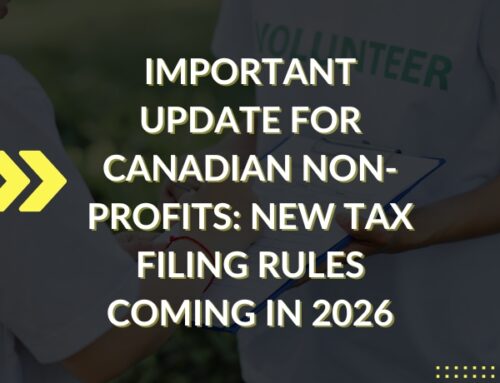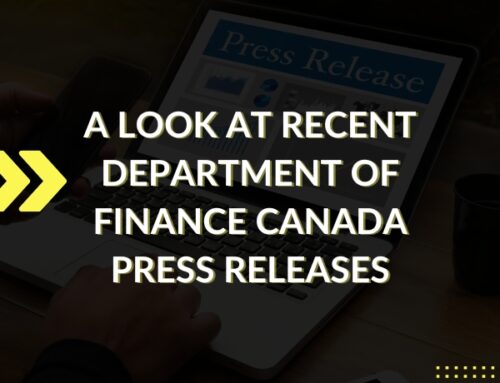As Canadian CPAs, we navigate a complex landscape of financial regulations and reporting obligations, striving to ensure our clients remain compliant while optimizing their financial strategies. Among the myriad of concepts we deal with, the notion of a bare trust often presents a unique challenge. Not only do we grapple with the technical rules surrounding these trusts, but we also face the initial hurdle of helping our clients understand what a bare trust is. This understanding is crucial for identifying such arrangements and determining the necessity of filing a T3 trust return or qualifying for an exemption.
The challenge lies not just in the realm of compliance and avoiding penalties for our clients but also in safeguarding our professional integrity. Misunderstandings or oversights regarding bare trust arrangements can lead to accusations of gross negligence by the CRA, not to mention strained client relationships due to unmet expectations.
To bridge this gap in understanding, we’ve found success in using analogies that resonate with clients, making the abstract concept of a bare trust more tangible. Below is a sample email that can be used to explain bare trusts to your clients, helping them recognize potential bare trust arrangements in their own relationships and financial arrangements.
Subject Line: Understanding Bare Trusts and Your Reporting Obligations
Dear [Client’s Name],
I hope this message finds you well. As we navigate through our financial and tax planning discussions, I wanted to touch on an important concept that might be relevant to your situation: bare trusts.
A bare trust might sound complex, but it’s essentially a simple arrangement. To illustrate, let’s consider a scenario: Imagine you’re at an airport lounge, and you agree to watch over a friend’s luggage while they shop. Though it may look like you own the luggage, you’re just holding it temporarily. You can’t use the items inside but must keep them safe until your friend returns.
This is akin to a bare trust, where one person (the trustee) holds assets for the benefit of another (the beneficiary). The trustee has no right to use the assets but is responsible for their safekeeping and management according to the beneficiary’s instructions.
Why is this important for you? Identifying whether you’re involved in a bare trust arrangement is crucial for tax reporting purposes. Understanding this concept can help us determine if you need to file a T3 trust return or if an exemption applies, potentially saving you from penalties and interest.
If you suspect that any of your financial or property arrangements might fit this description, I encourage you to share those details with me. Together, we can ensure your compliance with CRA regulations and protect your interests.
Please feel free to reach out if you have any questions or if you’d like to discuss this further.
Best regards,
[Your Name]
[Your Contact Information]
By employing relatable analogies, we can help demystify the concept of bare trusts for our clients, facilitating a better understanding and identification of such arrangements. This not only aids in compliance and reporting but also reinforces the trust and confidence that clients place in us as their advisors. To stay abreast of ongoing changes in accounting, assurance and tax or to continue to receive useable content like this, be sure to sign up to receive our emails at the top or bottom of this page.






